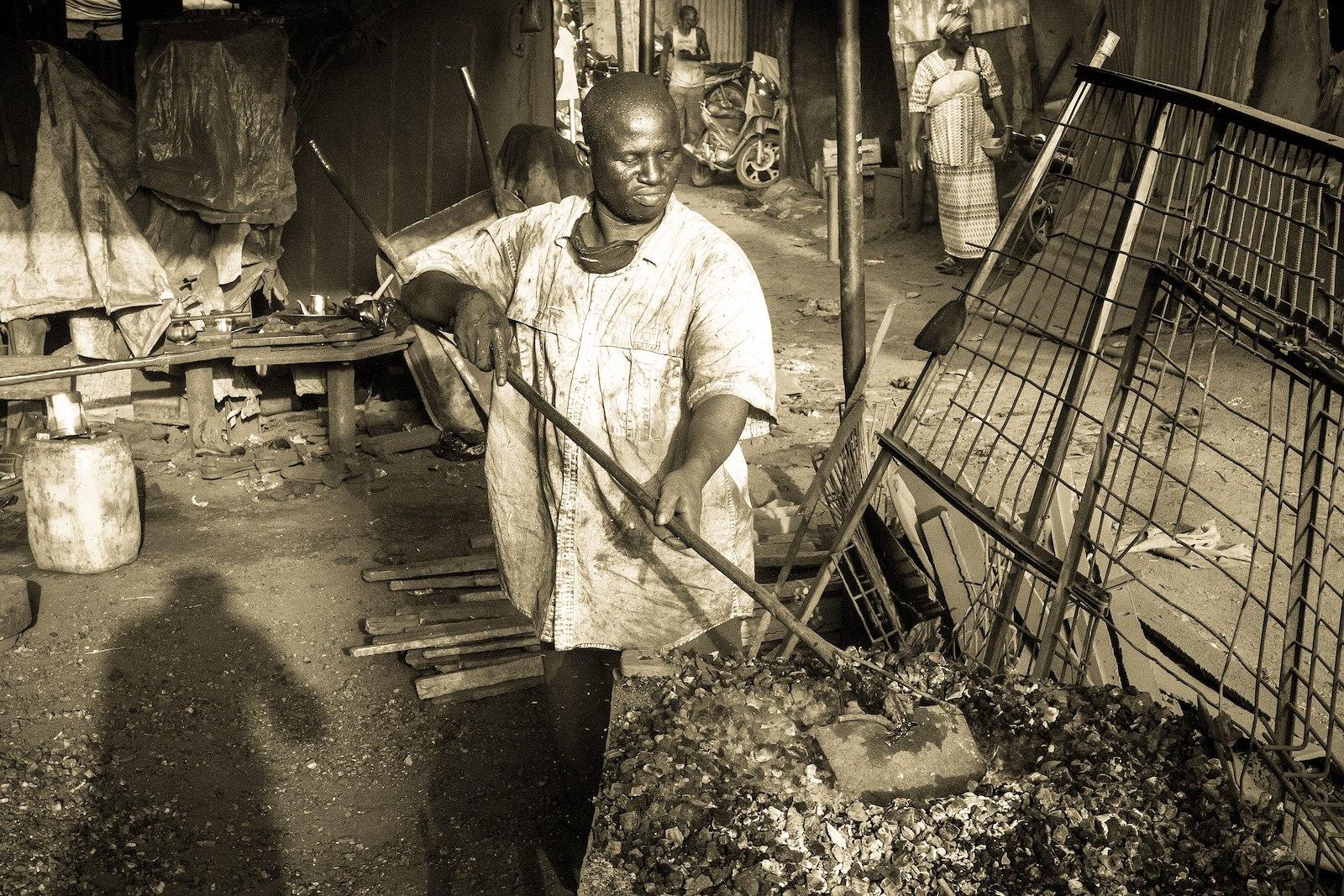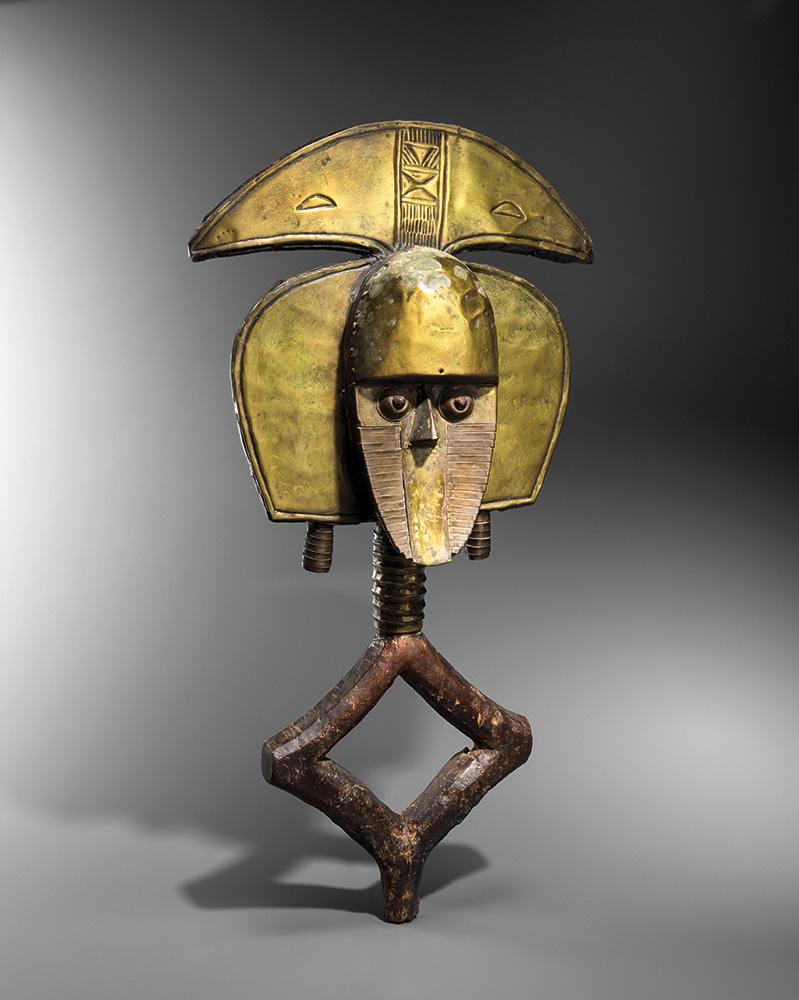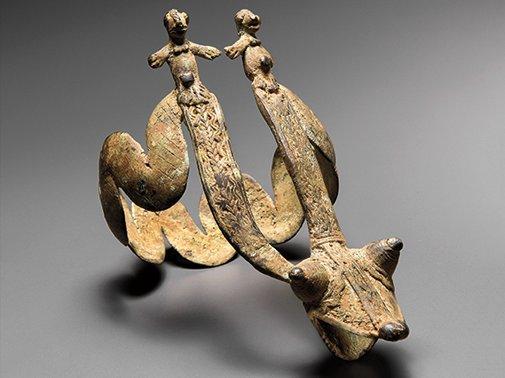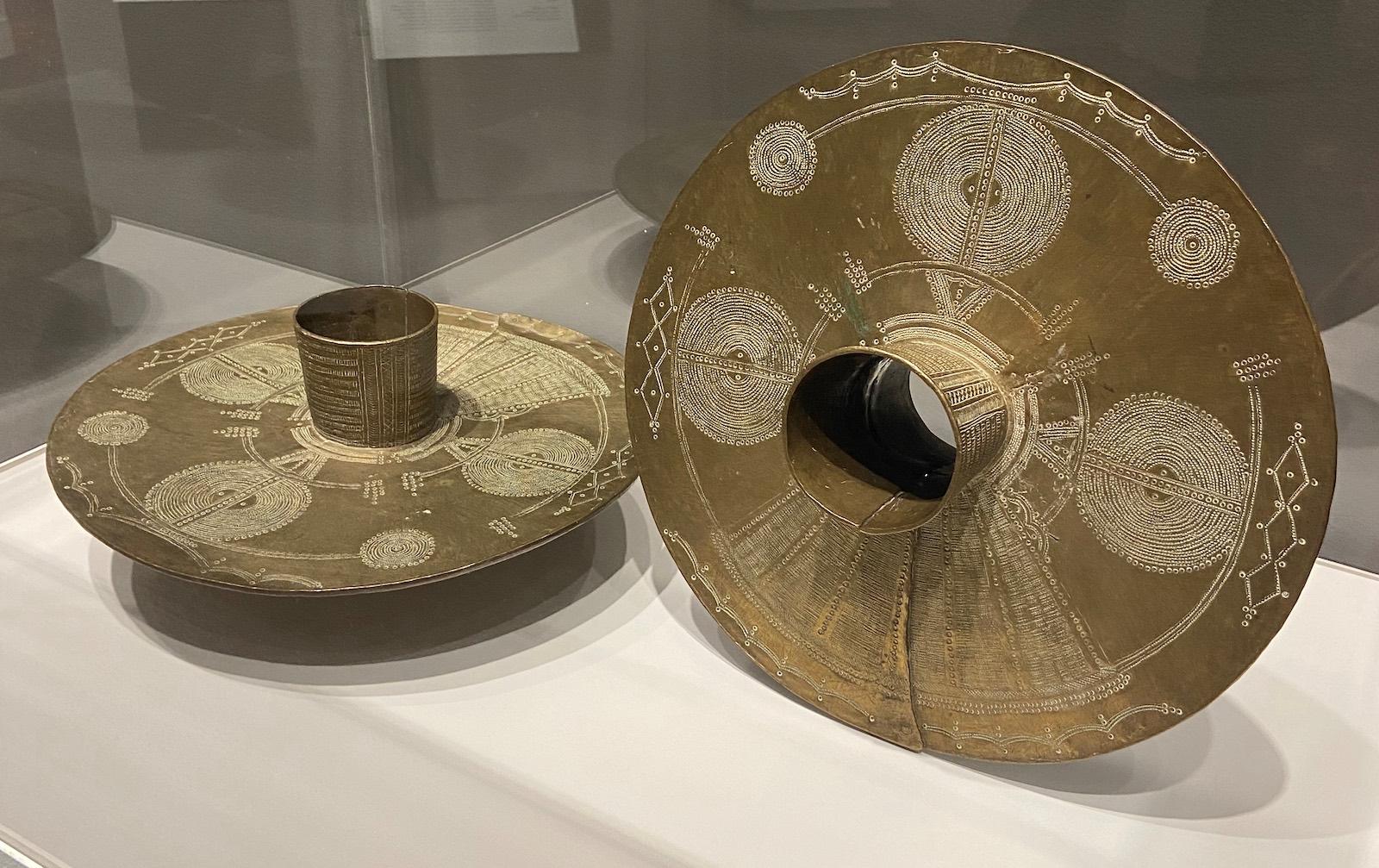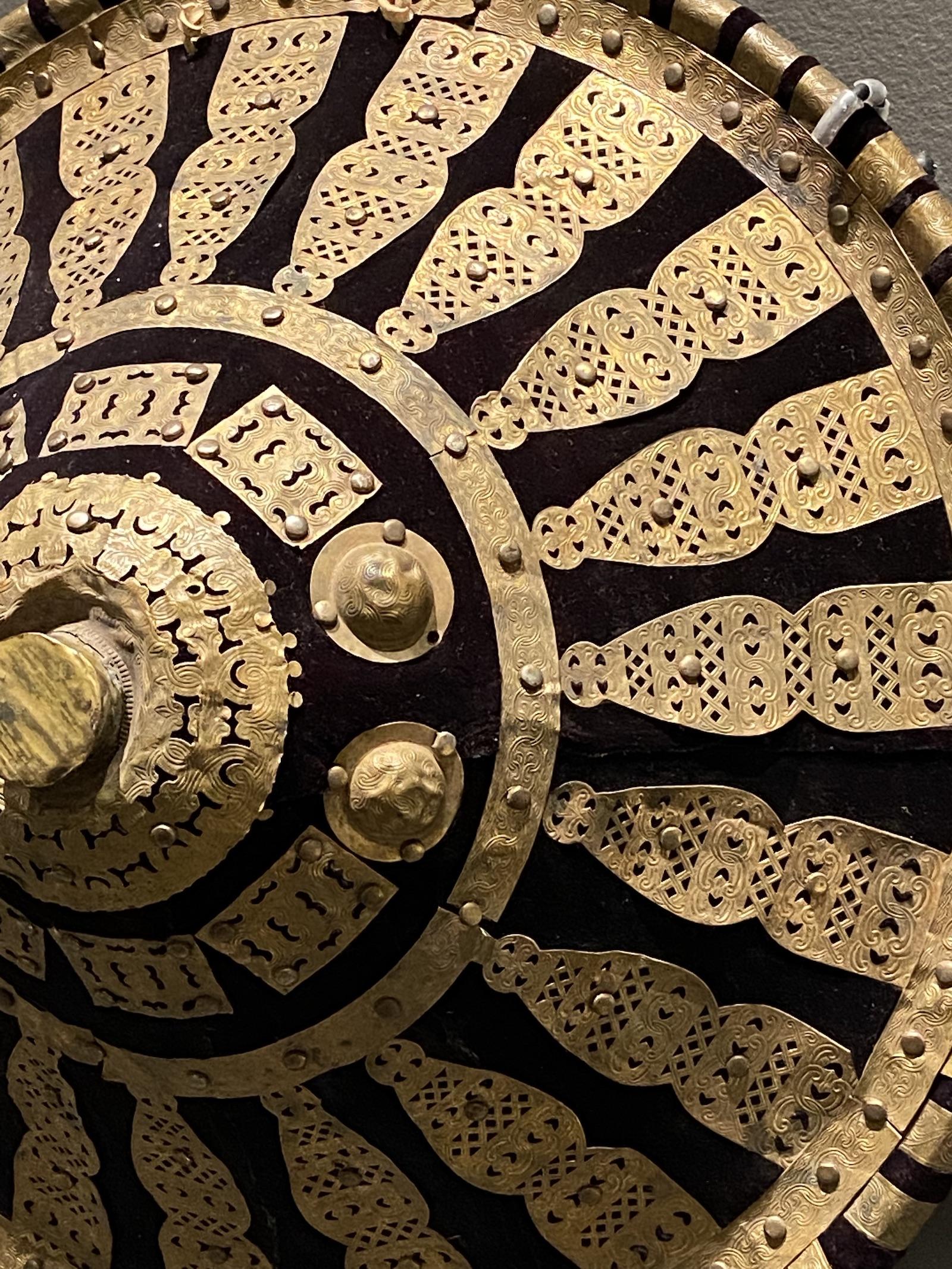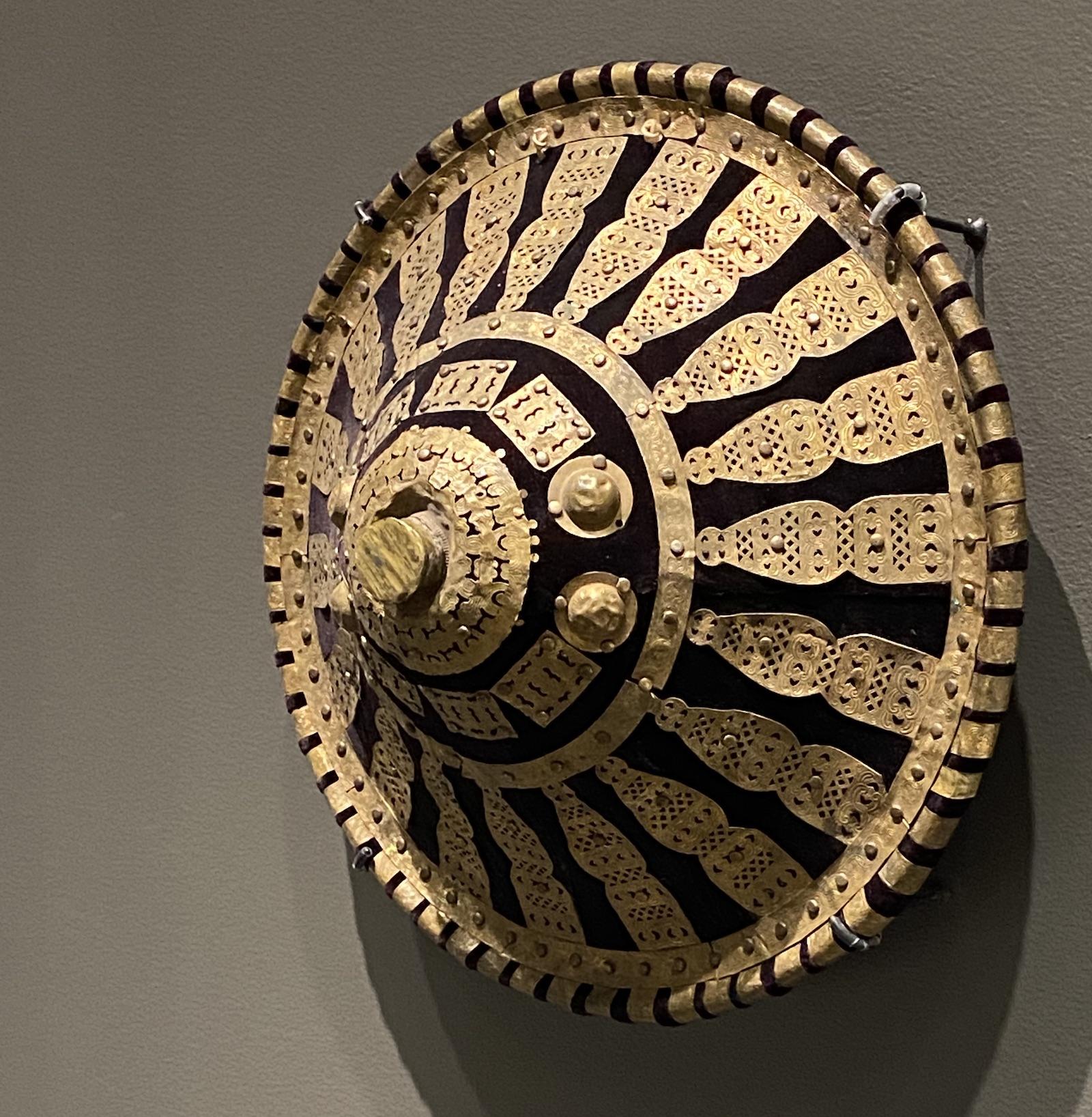The origin of blacksmiths in Africa dates as far back as the sixth century BCE. Around 1500 BCE, Western Africa would receive its first notable blacksmiths. These metalsmiths possessed skills that no society within the continent had yet witnessed. The metal art appeared as though it were some form of magic. Consequently, the works of art these blacksmiths created often caused specific communities to express fear and resentment.
Fortunately, not all African societies shunned the talents of these metalworkers. Many African citizens admired the results of the metalsmiths’ labors, henceforth giving the artists a meritorious social status. The ogboni/osugbo society, which holds Yoruba artists and metalsmiths, is one of many that has benefited greatly from the work of its blacksmiths.





